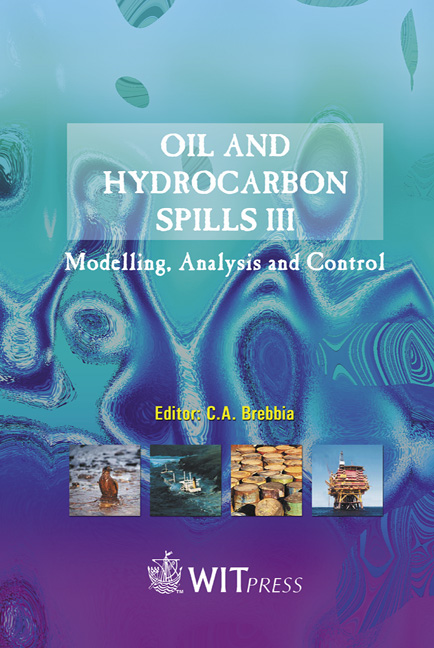Laboratory-scale Apparatus To Assess Feasibility Of Venting Clean-up Projects. Application At The Jet-fuel Polluted Air Base
Price
Free (open access)
Transaction
Volume
59
Pages
Published
2002
Size
489 kb
Paper DOI
10.2495/OIL020121
Copyright
WIT Press
Author(s)
J. J. „ermák, J. Jankç, H. „ermáková, M. Kubal, J. Horsák & M. Kuraš
Abstract
This work summarizes the development history of methods of laboratory venting experiments, including apparatus development and optimization, development of methods of monitoring outflow contamination, development of methods of sampling undisturbed soil core samples and results application at long term contaminated sites. Two regions are mentioned as examples of these localities, A former military airfield heavily contaminated by oil spills (mainly jet fuel) with an average concentration up to 11,000 mg-kg-1 and a site contaminated by chlorinated hydrocarbons disposed of by two departments of a production company; one specializes in degreasing of electrical and mechanical parts and the other in galvanization. 1 Introduction Venting (Soil Vapor Extraction) is a remediation technique based on the principle of drawing of soil gases containing vapors of volatile organic contaminants (VOCs). The method is mainly used in the in-situ manner, seldom in ex-situ. It is aimed to reduce the concentrations of VOCs, mostly volatile oil and chlorinated hydrocarbons present in soil, and to occasionally initialize or speed up natural biodegradation processes. Evident, simple and uniformed laboratory testing of remediability with reproducible results is generally required in order to successfully remediate a site. The term \“evident” expresses the fact that the laboratory test must in a defensible manner confirm, or prove wrong the
Keywords





